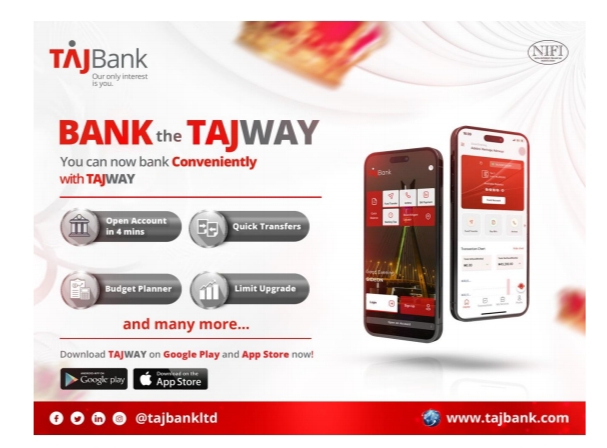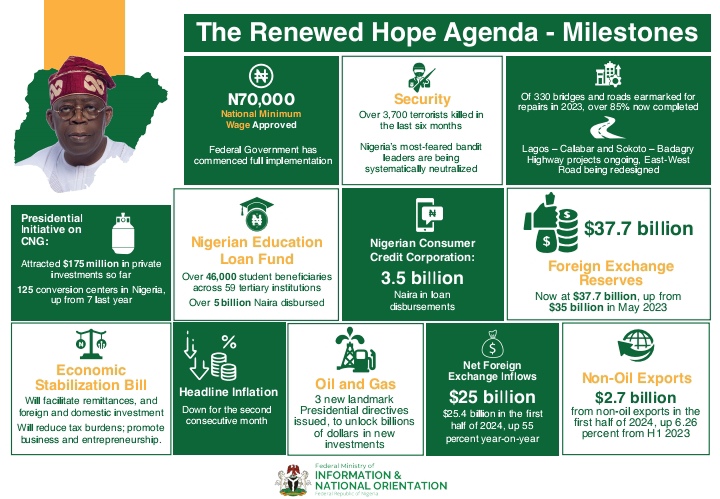Without cash, any fintech will crash
Everyone who thirsts, come to the waters; and who have no money, come, buy, and eat. Yes, come; buy wine and milk without money and without price. This Bible verse is a spiritual invitation for those who lack salvation and nourishment to come and receive without money. But, in fintech, if you have no money, you cannot produce honey. Without cash, you will crash. That is the butt of the story.
On the one hand
That is what happened to the Bengaluru, India-based embedded-lending start-up, Niro. It ceased operations after four and a half years in business. The company cited difficulties in raising fresh funding and increasing regulatory challenges in the sector as the main drivers behind its decision.
On the other hand
Niro was launched in 2021 by Aditya Kumar and Sankalp Mathur. It embedded instant personal loans into consumer internet platforms Snapdeal, Quikr, and Housing.com. It offered unsecured loans in the range of $563 to 7,882 dollars without collateral.
In the long term
Niro had raised close to $20 million from investors. Facilitated $200 million in loan disbursements. Formed 30 partnerships. Raised $18.7 million over five rounds. Had 289 employees. Disbursed $200 million. Its last funding round was $4.3 million on April 17, 2024. But execution alone was not enough to keep Niro’s doors open. So why did Niro cease to exist? Funding stopped coming. That is the major reason. It is impossible to scale a fintech without an endless flow of funding. Before we delve into Niro’s matter, note this.
Most fintech lending platforms offer a quicker process than traditional banks. But it comes with higher interest. No matter what you do, loan defaulters will do business with you. Besides, to scale, funding is a major element in fintech. And funding comes in stages. Funding is one of the parts that will transform the fintech business. If any fintech founder is thinking about scaling without an endless stream of funding. Think again. It is impossible.
For instance, Tosin Eniolorunda, founder of Moniepoint, bootstrapped the company. Friends and family can assist. Angel investors can help. These funds have a limit. You need institutional funding. On a large scale. Moniepoint got off the ground when it attracted huge funding from investors. Flutterwave started making waves after it hit the goldmine. Opay, Palmpay and other fintechs would have withered without an endless stream of funding.
READ ALSO:
Pampering the majority, dignifying the minority
Justice Ayotunde Phillips to chair Realnews 13th anniversary lecture
Anambra election: INEC extends collection of PVC
Naira gains further at official market
Fashola’s reality check for APC leadership, By Kazeem Akintunde
Moniepoint recently raised an additional $90 million for expansion. Coming after earlier funds raised. Interswitch could not have spread to other African countries without endless funding from investors. Flutterwave would not have had the impact it achieved without streams of funding. Funding is a catalyst for fintech. Have it. Scale it. Without it, you cannot build it. Niro faced other challenges, though. Reports say that over the past eight months, funding in digital lending has dropped nearly 50% in India. Platforms offering instant loans without collateral face stricter oversight in India. But the Herculean challenge is the cut in funding for digital lending. Despite earlier raises, Niro failed to secure additional funding when it mattered most. Niro founder says, “Despite scouring the globe for capital, I was unable to bring this one home.”
In the short term
Had funding not arrived when it did, some fintechs would have become another Niro. Bootstrapping is good, but it cannot take you further.
*Olaegbe ([email protected])













